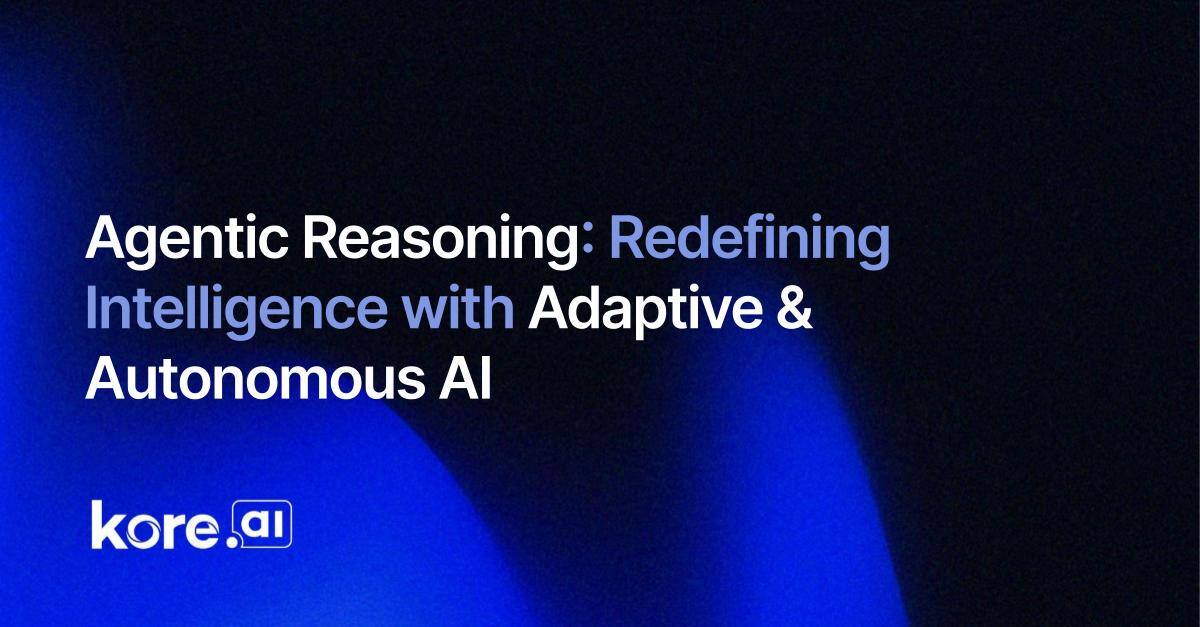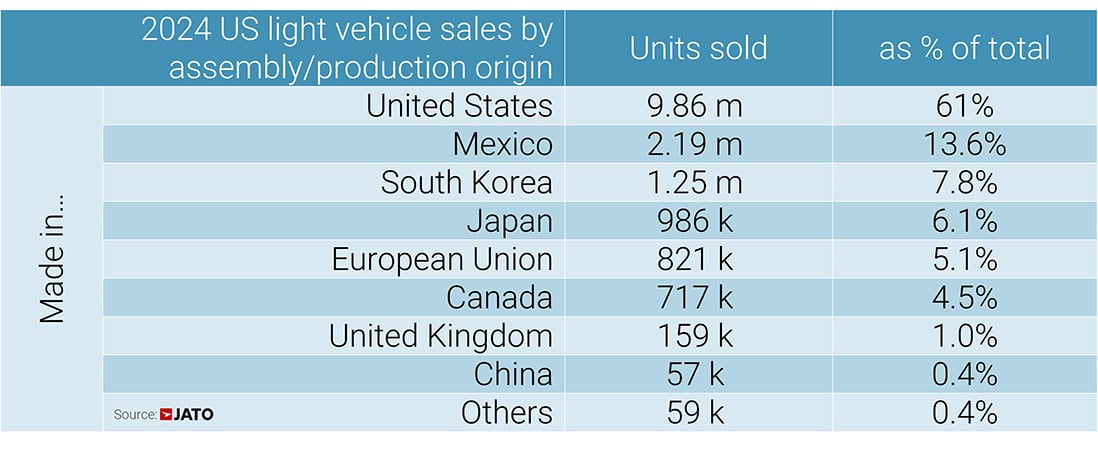Who Needs Harvard?
Higher education in the U.S. is so much more than its selective colleges—and can be fairer for so many more students The post Who Needs Harvard? appeared first on Education Next.


Nicholas Lemann is a journalist, a professor, a prominent author, and a deeply informed critic of the SAT. His 1999 book The Big Test: The Secret History of the American Meritocracy, has become a standard reference on, and critique of, our nation’s most prominent college-entrance exam. Twenty-five years later, debates over college admissions tests have only intensified. In recent years, the Supreme Court’s ruling overturning affirmative action in college admissions dovetailed with on-again-off-again policy changes at major universities: many went test-optional during the Covid-19 pandemic, yet some high-profile elite universities have lately opted to reinstate admissions tests. In his new book Higher Admissions: The Rise, Decline, and Return of Standardized Testing (Princeton University Press), Lemann calls for using tests differently, to assess mastery of the curriculum rather than academic potential. He argues that this approach will help the nation with a much more pressing problem than elite selection: expanding mass opportunity.
I’m assuming you had to take the SAT to apply to Harvard, where you went to college. Do you have any memories of taking the test or doing test prep?
I was in the Harvard class of 1976, and we arrived in the fall of 1972. We were put into this big auditorium called Sanders Theater. The speaker sent to welcome us was Daniel Patrick Moynihan, then in a brief stint on the faculty between government jobs. I remember him saying, in his distinctive way, “This is the most talented group of people ever assembled in one room in the history of the world.” That was kind of the vibe at the time. We were the first real SAT generation, so there was just this sense of a whole new social era dawning, where these unbelievably special and talented people, through testing and being brought to Harvard, were prepared to do great things in the world.
Remind us how and why we started using standardized tests for college admissions.
The father of the SAT, in the psychometric sense, was a man named Carl Brigham. But the father in the social and organizational sense was James Bryant Conant, the president of Harvard in the ’30s and ’40s and into the early ’50s—a very influential educator. His first mission was to change the population of Harvard College from being, roughly speaking, the sort of people who populated F. Scott Fitzgerald’s novels to being people from all over the country—as much as possible from public schools and modest middle-class backgrounds—who were going to become a sort of public spirited, technocratic elite.
Was the belief that standardized tests would provide a level playing field for students?

By Nicholas Lemann
Princeton University Press, 2024, $22.95; 176 pages
He was really interested in elite selection. What he wanted was to have these big catchment areas where you’d be able to identify the 1 percent of highest IQs so you could get them into top universities and put them to work for the society. The test was a mass audition for an elite system. It wasn’t this sense that the slots in these schools are rewards and should go to the people who deserve them. It was much more, “We want to pick the people who can be of most specialized service to the nation.”
What would you say was your main critique of the SAT coming out of your 1999 book The Big Test?
The SAT set off this whole idea that admission to elite universities is, in fact, an individual reward, and, therefore, it should be competed over, obsessed over, become a source of social conflict. That, I think, is unfortunate. Second, universities—at least elite universities—basically decided to do two things at the same time that seem contradictory. One is to stress standardized tests in admissions, and the other is to become more racially diverse. Those two objectives are in direct conflict. But universities are complicated places. To the people running them, the attitude was, “Let’s do both at the same time and we’ll make it work.” But it actually has led to a lot of conflict and many lawsuits—and, finally, an evidently dispositive Supreme Court decision in 2023.
There’s a kind of alternate history. Another vision was that the country’s primary goal in higher ed should be creating as many college graduates as possible. The test of success is not: do we have just the right super elite who really deserve it? The test is: how many people can the higher education system and the education system in general get into a socially and economically meaningful middle-class life?
The key conclusion in your new book, Higher Admissions, is that in our big focus on admissions testing, we’re solving for the wrong problem, because most students don’t go to the elites. Tell me a little bit more about that.
The person who is really eloquent about this is Richard Atkinson, who used to be the president of the University of California. The SAT was a direct descendant of an IQ test, and to some extent it still is that. But from a social point of view, Atkinson has made the point very forcefully that you’d want the big test to be a curriculum test, not an aptitude test. That way it says to all students in high schools in America, “If you want to do well in this test, just study your course material.” It doesn’t have this sort of mystification of the SAT. It doesn’t have the test prep problem as much. And it sends a signal to students: study in your courses.
It transforms the critique of “teaching to the test”. That’s one of the anti-testing mantras. Suddenly it becomes just doing your work.
Right. Just to use an example: when you’re in 3rd grade, your teacher says on Monday, “Ben, here are your spelling words for the week. On Friday, I’m going to give you a spelling test and see if you can spell the words.” That’s teaching to the test, but you learn how to spell the spelling words, right?
You write in both books about the University of California system and Clark Kerr’s very influential Master Plan, which attempts to reconcile these goals of elite selection and mass opportunity. Could a state system like California’s, divided into tiers that includes selective research universities as well as open-access community colleges, serve as a model for balancing academic excellence with broad access?
In a sense, we have that right now, and we’ve never not had that in the whole testing era. California has been an outlier in recent years. What I thought was going to happen after the Supreme Court decision was that everybody would just say, “We’re still test optional.” I’ve been surprised that a significant handful of universities have gone back to SAT-required admissions. But the California system is not test optional. They don’t look at standardized tests at all. They look at Advanced Placement scores, but they do not look at ACT or SAT scores. I would argue that, if you don’t have those tests, the world doesn’t come to an end. You still have the ability to create a great class and have a great university. Nobody says that UC Berkeley is now a terrible school because they don’t look at SATs.
EdNext in your inbox
Sign up for the EdNext Weekly newsletter, and stay up to date with the Daily Digest, delivered straight to your inbox.
Recently I interviewed Harvard economist Sue Dynarski. She came from a blue-collar Massachusetts family. She actually worked as a waitress in Harvard Square, but she’d never set foot in Harvard Yard. She was a troublemaker in high school, but then she got this incredibly high SAT score, and the nuns at her Catholic school realized she had great academic ability. She went to Harvard, and now she’s a professor there. If you get rid of tests, couldn’t you harm a student like her?

Under test optional, she could submit her very high test score. These tests were not fetishized that much in the world I grew up in. There was a test called the National Merit Exam. I remember being called into the headmaster’s office in my school and the headmaster said, “I want to tell you something. You got the highest score in the state of Louisiana on this test.” That made a big impact on me. But it sort of proves the opposite point. I was a Harvard legacy. My parents met in a Harvard classroom. My father was the senior partner in a big corporate law firm in New Orleans. I was not a diamond in the rough. I was a very polished diamond. So, there’s a lot of people like me who got very high scores on these tests, too, and a lot more than those like Sue. There’s nothing wrong with saying, “Great, if you do really well on tests like this, God bless you, send in your score and we’ll use it as a piece of information.”
There are very few diamonds in the rough. God bless them, we should find them. That was what Conant wanted. He had this fear that Wernher von Braun, if he had been born in America, would have spent his life working behind a mule and a plow. I feel that we’ve done a wonderful job of making that much less possible. But that doesn’t mean we’re providing opportunity to everybody to the same degree. It doesn’t mean we’ve created mass upward mobility in the way that we did in the ’50s and into the ’60s.
There’s a long history of racial and economic gaps in test results, including in the National Assessment of Educational Progress, which has no high stakes like admissions tests. Is there a case to be made that these gaps can be used as a kind of motivator for schools and policymakers to redouble their efforts to improve access to educational opportunity? Is criticizing the tests just a case of shooting the messenger rather than fixing the root of the problem?
I think that’s a good argument. It’s one of those questions that’s so big as to be unanswerable. You can take those gaps and say, like Charles Murray, “What’s the use? Let’s just not try to fight the inexorable dictates of nature.” Or you can say, “Let’s use this as a spur to action and do what it takes to close the gaps.” Obviously, the latter would be preferable, but it takes a big effort. So then the question is can you get the country to say, “Yes, you’re right we’re capable of paying attention. We’re capable of committing resources.” And that I don’t know, but it would be nice.
Do you have an ideal system in mind, in the realm of the possible, that would do something to ensure overall fairness while also maintaining very high academic standards at elite universities that are still going to be super selective?
First, there aren’t that many super-selective schools. There are 3,500 or so BA-granting schools in the country, and we’re talking about 50, maybe even 25, that are considered elite. So it’s a really small number. I think the danger that they’re going to become mediocre in some way is pretty much zero. I don’t stay up late worrying about that. I also think you cannot get to a system for the elites that lets them stay as elite as they are, which for the private institutions depends a lot on fundraising, while also having an admissions system that everybody agrees is right. I believe at Harvard, something like 27 percent of every incoming class is alumni kids—some astonishingly high number. I would guess that they’re more qualified by the standard measures than the non-alumni kids. You could say: “well, they deserve to be admitted.” But there’s pretty clearly a preference, and the preference is pretty clearly about fundraising in some larger sense. The fundraising is why Harvard is Harvard.
So I don’t think there’s a magic fix to this. I like the idea of elite schools trying to have diverse classes. I don’t think that’s illegitimate. It’s just hard to get the nation’s attention on these issues. I would love to have a national moonshot type event to achieve that. It just doesn’t seem to be out there on anybody’s agenda right now. And it’s too bad. In my opinion, you could have a fabulous system without SATs, too. But my real dream would be to find a way to get the nation to pay attention to the non-elite part of the higher education system, where there’s a lot to be done to make it a better system and this a better country.
This conversation was edited for length and clarity from an interview on the Higher Ed Spotlight podcast, Season 3, Episode 30, hosted by Ben Wildavsky.
Nicholas Lemann is the Joseph Pulitzer II and Edith Pulitzer Moore Professor of Journalism at the Columbia School of Journalism. Ben Wildavsky, author of The Career Arts and The Great Brain Race, is a visiting fellow at the Harvard Graduate School of Education. He is the host and co-producer of the Higher Ed Spotlight podcast, in partnership with Antica Productions and with sponsorship from the Chegg Center for Digital Learning.
The post Who Needs Harvard? appeared first on Education Next.














































































